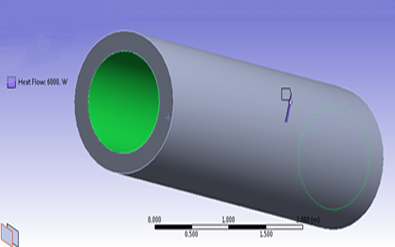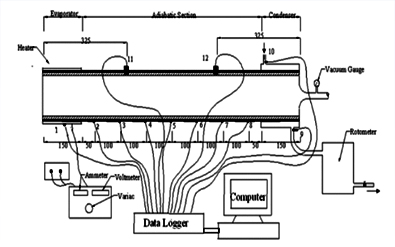Download Project Document/Synopsis
The heat pipe is a novel heat transfer device to transfer a large amount of heat through a small cross-sectional area with very small temperature differences and it also possesses high thermal conductance and low thermal impedance. In this paper, the heat pipe working parameters are analyzed using the Taguchi methodology. The Taguchi methodology is used to formulate the experimental work, analyzed the result of operating parameters of the heat pipe and predict the optimum parameter of heat pipes such as heat input, inclination angle, and flow rate. It is found that these parameters have a big influence on heat pipe performance. The analysis of the Taguchi methodology reveals that everyone the parameters mentioned on top of has equal contributions within the performance of heat pipe potency, thermal resistance, and overall heat transfer coefficient. Experimental results are provided to validate the suitability of the proposed approach. The contributions of all the working parameters (heat input, angle of inclination and flow rate) in the heat pipe. The contributions of all the operating parameters (heat input, angle of inclination and flow rate) in heat pipe performance have equal importance. The overall heat transfer coefficient of a heat pipe is almost the same for all levels. Taguchi optimum solutions offer higher results for heat pipe operations and it additionally reduces the number of experiments that are needed for locating its performance metrics.
Reference Links: https://pdfs.semanticscholar.org/ef3d/aef10be7c172d7cc3d434a34a48811dd933c.pdf
https://www.researchgate.net/publication/50259320_Thermal_Analysis_of_Heat_Pipe_Using_Taguchi_Method






